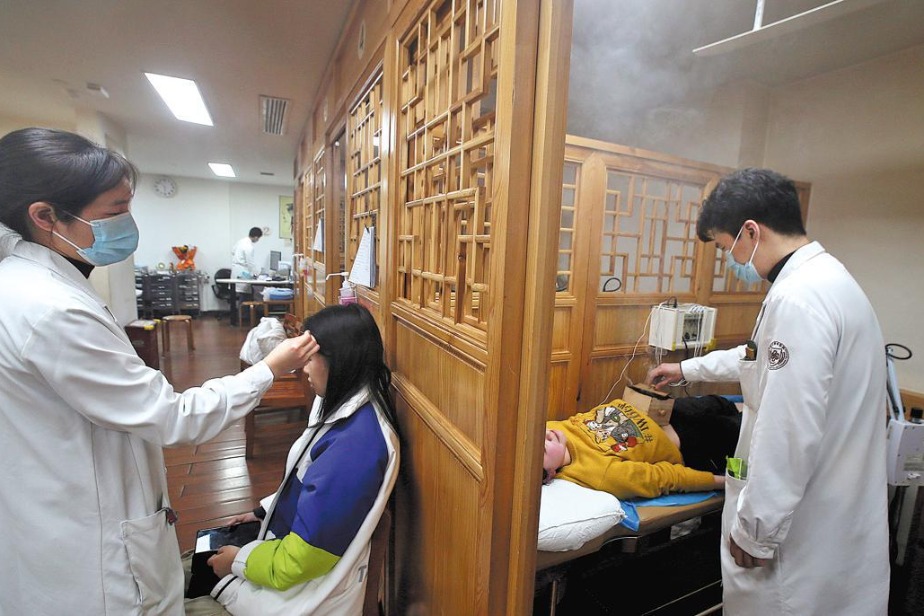China's large neutrino observatory nears completion
Share - WeChat


"The main component of the liquid scintillator is alkylbenzene, a raw material used in everyday detergents such as laundry powder and hand soap, posing no harm to humans," said Cao Jun, current director of the institute.
When a large number of neutrinos pass through the detector, they react with the liquid scintillator, emitting extremely faint light that is invisible to the naked eye but serves as an important parameter for measuring neutrinos, he said.
The 45,000 "eyes" of the detector receive light signals, convert them into electrical signals, amplify them by a factor of 10 million, transmit them to a computer via an electronic system, and through data analysis, scientists can study the properties of neutrinos.























